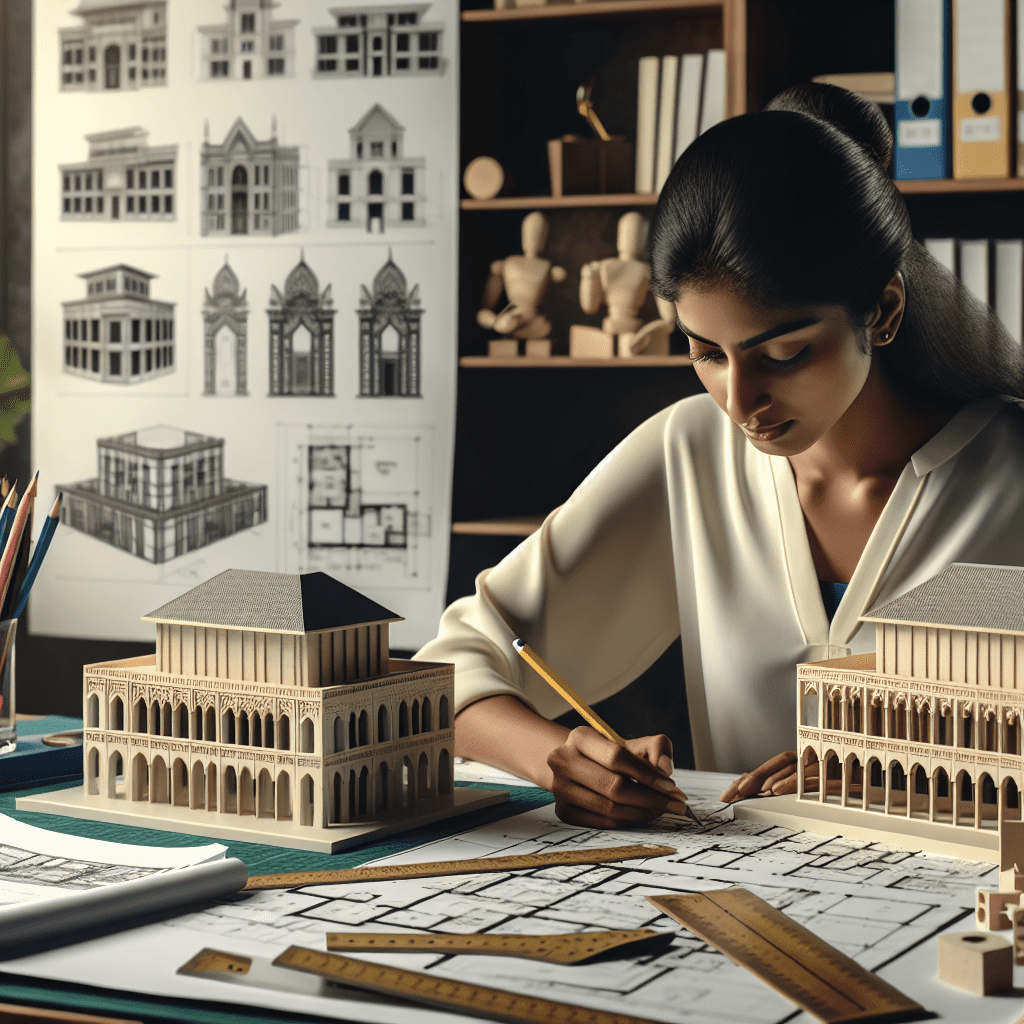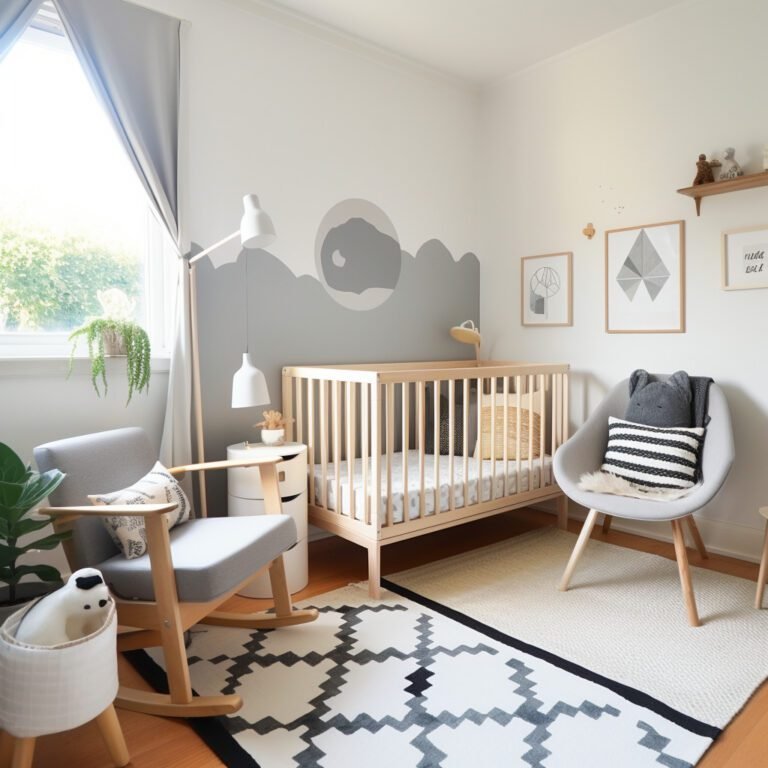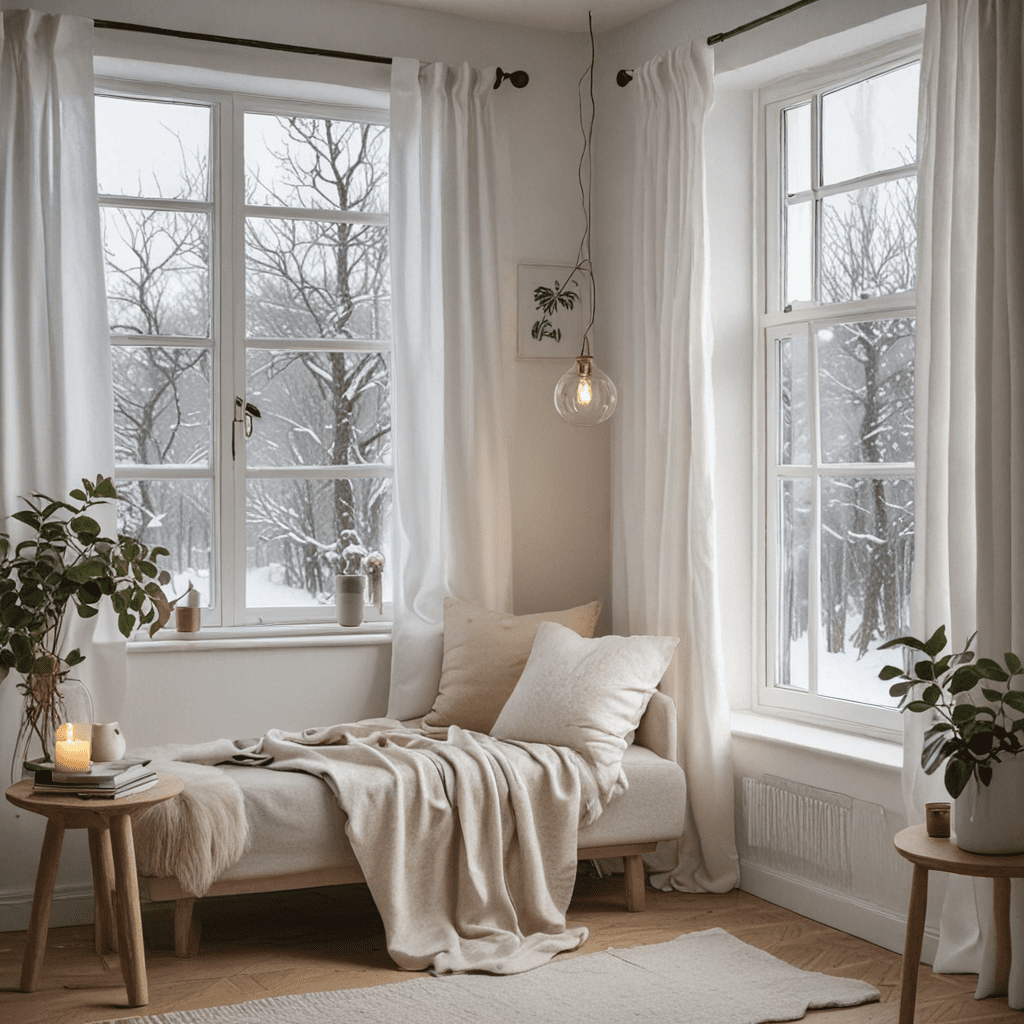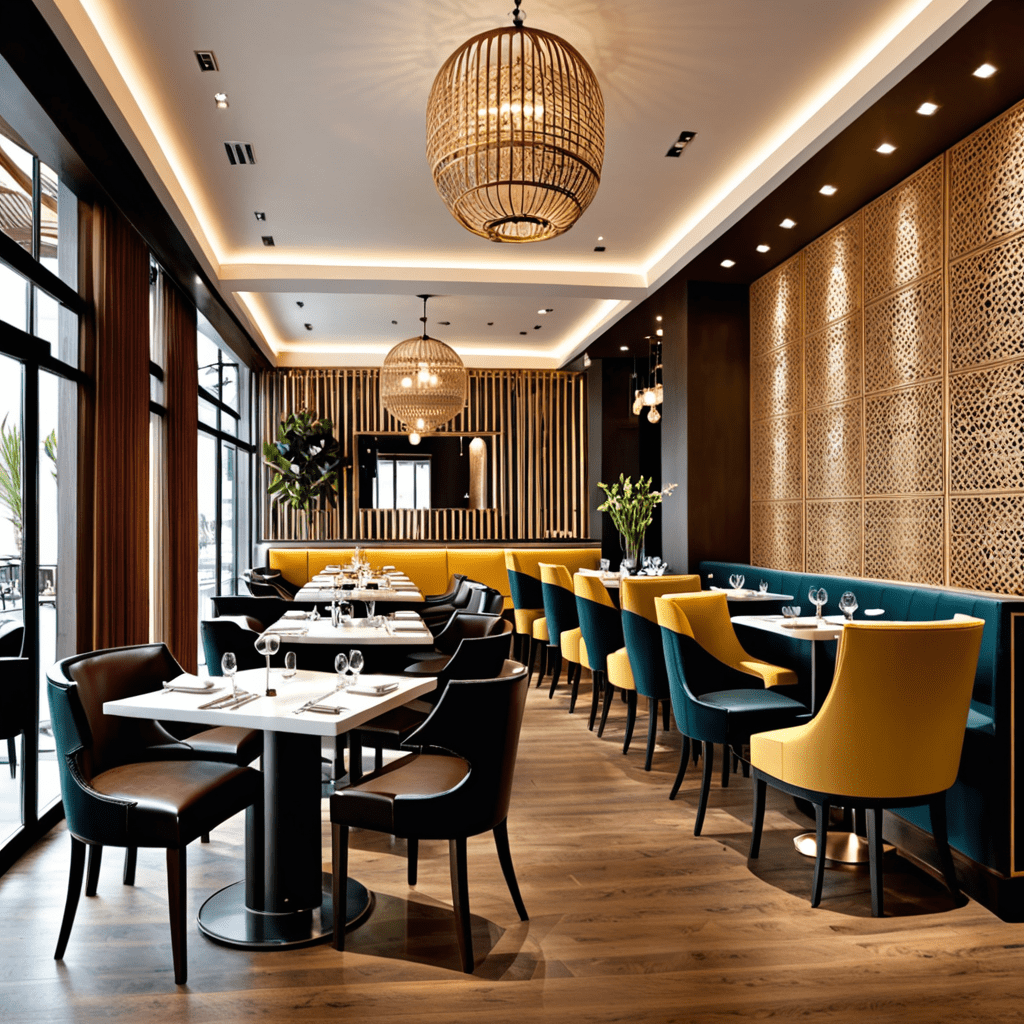„Mastering the Art of Incorporating Lines in Interior Design”
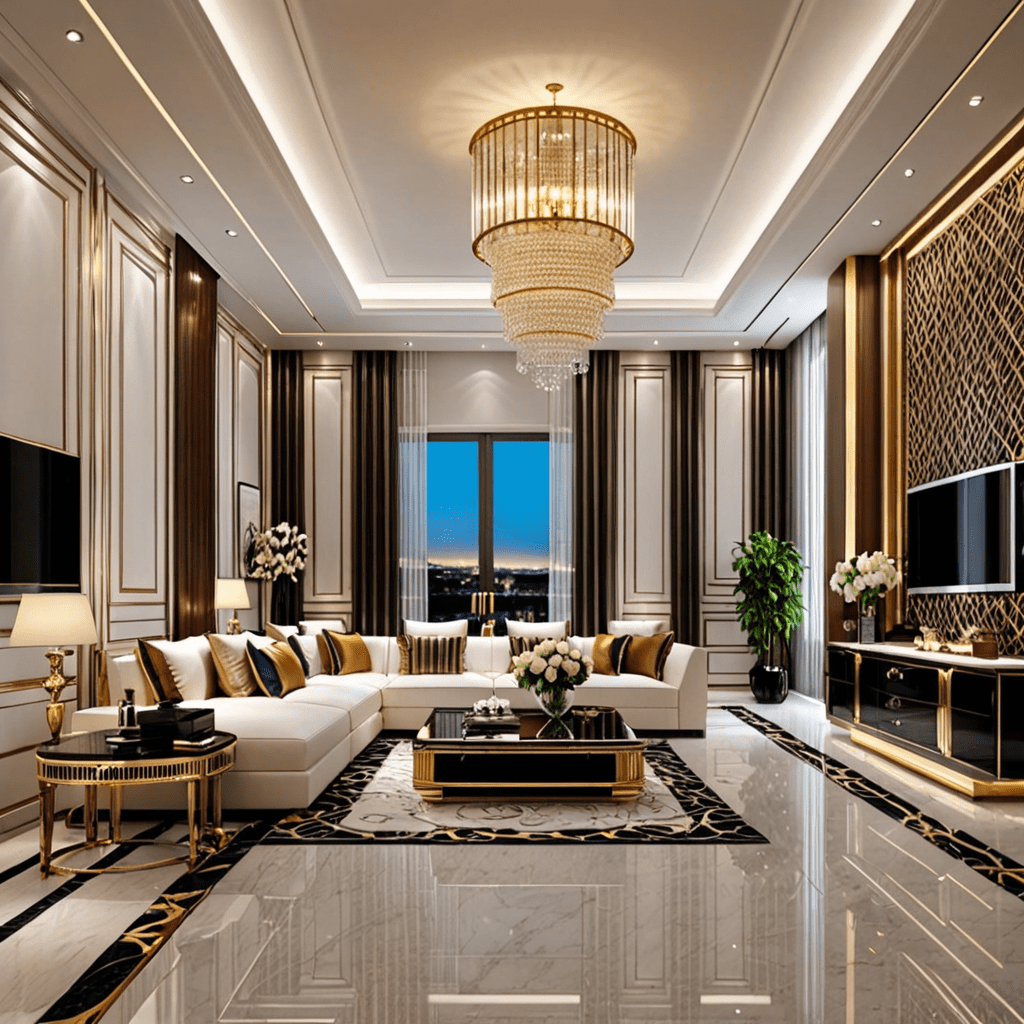

Mastering the Art of Incorporating Lines in Interior Design
In interior design, lines play a crucial role in creating harmony, balance, and visual interest within a space. Whether it’s the lines of architectural elements, furniture, or decor, understanding how to incorporate and manipulate lines can greatly impact the overall ambiance and aesthetics of a room. In this blog post, we will explore the various ways lines can be used in interior design and provide tips on how to master their application. So, let’s dive in!
1. Understanding the Power of Lines
Lines have the ability to influence our perception of space and can evoke different emotions and moods. For example, vertical lines can impart a sense of grandeur and height, while horizontal lines can promote a feeling of stability and tranquility. Diagonal lines, on the other hand, can introduce energy and dynamic movement. By grasping the power of different types of lines, you can utilize them to transform the ambiance of any room.
2. Incorporating Lines in Architectural Elements
Architectural elements, such as walls, ceilings, and windows, offer an excellent opportunity to harness the impact of lines in interior design. Trims, moldings, and panels can serve as prominent horizontal or vertical lines that define the space and add visual interest. Arches, vaulted ceilings, or exposed beams can introduce curved lines that soften the overall aesthetic. By considering the architectural lines within a space, you can create a cohesive and harmonious design.
3. Choosing Furniture with Strong Lines
Furniture is another essential aspect where lines can be effectively utilized. Whether it’s a sofa, table, or chair, the shape, and form of furniture influence the overall design aesthetic. Straight, clean lines can offer a modern and minimalist look, while curved or rounded lines can infuse a sense of softness and elegance. Mixing furniture styles with different line qualities can create a dynamic and visually appealing composition.
4. Creating Ambiance through Patterns
Patterns, such as stripes, chevrons, or herringbone, are composed of lines and can be employed to establish a specific ambiance in a room. Vertical stripes, for instance, can make a space feel taller, while horizontal stripes can make it appear wider. Patterns with diagonal lines can introduce a playful and energetic atmosphere. Consider incorporating patterns in wallpapers, rugs, or textiles to effectively incorporate lines into your interior design scheme.
5. Unleashing the Potential of Accessories and Decor
Accessories and decor items offer versatile opportunities to experiment with lines in interior design. From artwork and mirrors to lighting fixtures and textiles, incorporating decorative elements with distinctive line qualities can transform the look and feel of a space. Abstract art with bold lines can add a contemporary touch, while a chandelier with clean lines can enhance the elegance of a room.
6. Harmonizing Lines with Colors and Textures
To truly master the art of incorporating lines in interior design, it’s crucial to consider their relationship with colors and textures. Colors can either complement or contrast with lines, depending on the desired effect. For instance, combining warm-colored walls with furniture featuring cool lines can create a balanced and visually intriguing space. Similarly, textures, such as ribbed fabrics or textured wallpapers, can amplify the impact of lines, adding depth and tactile interest to a room.
FAQ
Q: Can using too many lines in a room make it feel cluttered?
A: Yes, using too many lines or conflicting line directions can create a chaotic and cluttered appearance. It’s important to strike a balance and carefully curate the lines within a space to avoid overwhelming the eye.
Q: How can I effectively incorporate lines in a small room?
A: In a small room, using vertical lines can help create the illusion of height, making the space feel more open and expansive. Additionally, using furniture with sleek, clean lines can contribute to a less cluttered and more spacious appearance.
Q: Are there any rules for combining different types of lines?
A: While there are general principles to consider, such as balancing different line weights and directions, there are no strict rules. Design is subjective, and experimenting with lines can yield unique and personal results. Trust your intuition and create a design that resonates with your own aesthetic preferences.
Q: Can I mix different line styles and patterns in one space?
A: Absolutely! Mixing different line styles and patterns can create a visually dynamic and interesting space. However, it’s important to maintain a sense of cohesion by considering the overall design theme and ensuring that the lines work together harmoniously.
Q: Are there any lines that specifically work better in certain rooms?
A: Each room has its own unique characteristics, and certain line qualities may work better in specific spaces. For example, curved lines can soften the overall aesthetic in bedrooms and living rooms, while clean and straight lines may be more appropriate for contemporary kitchens or offices. Consider the function and desired ambiance of the room when selecting line styles.
Q: Can lines be used to direct attention to specific areas in a room?
A: Absolutely! Strategic placement of lines can guide the viewer’s attention to particular focal points or areas of importance within a room. Lines can be used to highlight architectural features, draw the eye to artwork, or emphasize specific furniture pieces.
In conclusion, lines are a powerful tool in interior design that can greatly influence the atmosphere and aesthetics of a space. By understanding their impact and strategically incorporating them into architectural elements, furniture, patterns, accessories, and decor, you can master the art of utilizing lines to create visually captivating and harmonious interiors.
